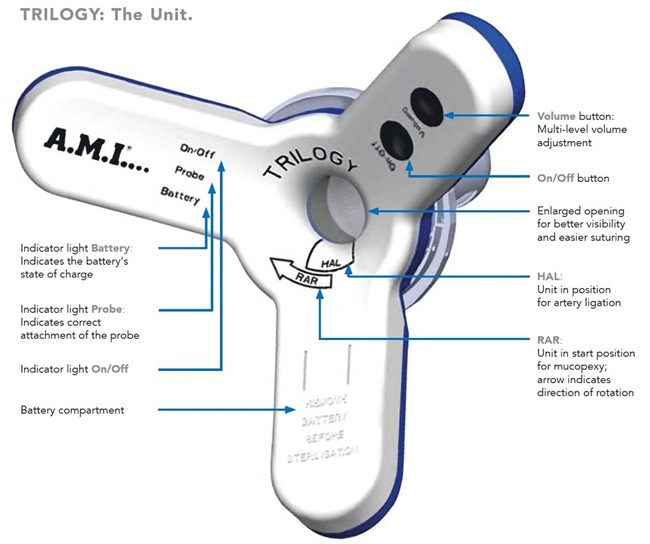Haemorrhoids, commonly known as piles refer to a condition in which the veins around the anus or in the rectum become swollen and inflamed. Majority of people may suffer from haemorrhoids at some point in their life time. It is more common in individuals aged between 45 and 65 years and in pregnant women. External haemorrhoids occur on the skin around the anus whereas internal haemorrhoids develop in the rectum. Internal haemorrhoids tend to protrude out through the anus.
Several factors are considered to as the causes for haemorrhoids and some of them include
- Chronic constipation and diarrhea
- Excessive straining during bowel movement
- Diet which lacks fibrous food
- Aging (weak connective tissue in the rectum and anus)
- Pregnancy (increased pressure in the abdomen)
Symptoms
Internal haemorrhoids: The most common symptom is passage of bright red blood with the stools. If the haemorrhoids have prolapsed, it causes pain, discomfort and itching around the anus.
External haemorrhoids: Blood clots may form in the swollen veins causing bleeding, painful swelling or a hard lump.
Diagnosis
Your doctor will perform physical examination which involves digital rectal exam with a gloved, lubricated finger and an anoscope. Additional diagnostic tests may be ordered to rule out other causes of bleeding.
- Colonoscopy: Colonoscopy is a procedure in which a flexible lighted tube is passed through the anus into the rectum and the colon. The colonoscope helps to view the pictures of inside of the rectum and colon.
- Sigmoidoscopy: This procedure uses a shorter tube called a sigmoidoscope to transmit images of the rectum and the sigmoid colon (the lower portion of the colon).
Treatment
Lifestyle modifications and dietary changes often are helpful in reducing the symptoms of haemorrhoids. A diet having high fibre content soften the stools and helps to pass them easily thereby avoids straining. Fruits, vegetables and cereals serve as a good source of dietary fibres. Fibre supplements such as methylcellulose or stool softeners can be taken. Drinking plenty of water (8-ounce glasses) and adequate exercise helps prevent constipation. Over-the-counter creams and suppositories help relieve the pain and itching. However, these are short time remedies as long-term use can cause damage to the skin.
Medical Treatment
Inpatient treatments are provided for internal haemorrhoids and include the following:
Rubber band ligation
In this technique, an elastic band is tied around the base of the haemorrhoid to cut off blood supply. The procedure is performed on an inpatient basis under topical anaesthesia and sedation, usually in conjunction with a colonoscopy. Your doctor inserts an anoscope, a viewing instrument, into your anus and passes a small tool called a ligator through it. The haemorrhoid is grasped with forceps and the ligator is passed over the haemorrhoid to place a rubber band. Without blood supply, the tissue dies and sloughs off in 1 or 2 weeks.
As with any procedure, rubber band ligation may involve certain risks and complications which include severe pain, anal bleeding, infection in the anal canal and trouble urinating.
Surgical removal becomes necessary when the haemorrhoids are large enough and do not respond to conservative treatment.
HAL-RAR Haemorrhoid Treatment
Haemorrhoidal Artery Ligation – Recto Anal Repair
HAL-RAR is a minimally invasive operation designed to eradicate haemorrhoids using a Doppler-guided probe to locate and ligate all the arteries supplying the haemorrhoids.
Ligation is the surgical procedure of tying a ligature tightly around a blood vessel or other duct or tube in the body.
The procedure is performed by highly trained surgeons with a specialist interest in haemorrhoids and proctology.
Haemorrhoid Ligation Technology
The device has a small window which allows a stitch to be placed around the artery, cutting off the blood supply.

Post Procedure Recovery
Outcomes vary patient to patient. With HALRAR procedure the discomfort post-operatively tends to much less than that following alternative treatments. Most patients are well by 1-2 weeks post surgery.
Discharge Instructions Following Haemorrhoid Surgery
Advanced Haemorrhoid Treatment
HAL-RAR also offer a convenient, wireless way to treat haemorrhoids.
The trilogy device is the only haemorrhoid treatment that incorporates Doppler-guided technology in a wireless device.
Haemorrhoid Treatment Advantages
As a minimally invasive alternative to conventional treatments, your general surgeon believes this haemorrhoid treatment provides effective relief from all the symptoms of haemorrhoids and offers the following advantages:
- Minimal pain
- No cutting or open wounds
- Quick recovery and return to work
